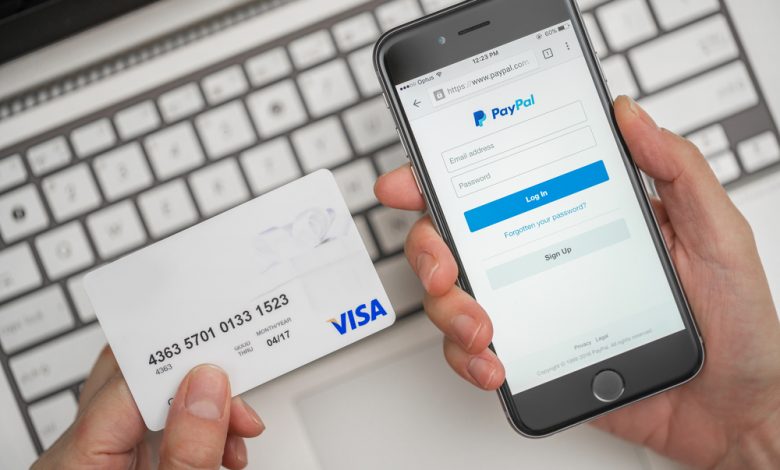
Phishing scams are on the rise. The latest offender is a PayPal email phishing scam where attackers claim to represent the payment giant. Don't fall for this trap.
Table of Contents
What is an Email Phishing Scam?
An email phishing scam is any malicious attempt to acquire private information, like passwords and credit card details, by masquerading as a trustworthy entity in an electronic communication. Examples of this malicious tactic include scam emails from trusted companies like PayPal, the IRS, and Microsoft.
How Does the PayPal Email Phishing Scam Work?
The PayPal phishing email scam begins with an email notification from the company that all of your account details have been changed. This includes your username, password, and credit card information. The scammer then promises to return all your lost funds if you follow their
The email also includes a link to reset your password by answering a security question (i.e., what was your pet's name when you were 8 years old or who is the president), which will be provided in an embedded web form on this page. If anyone responds to any links provided in the spam phishing emails, they risk having their personal information stolen by identity thieves or hackers.
What to Do if Your Account Was Hacked?
PayPal does send security notifications to users occasionally. However, if you receive a message like this in your inbox, it is likely a scam. It is also possible that someone has hijacked your account using your email address in another phishing attack. However, the PayPal email recovery process will reinstate your account with or without your cooperation as long as you have not succumbed to any of these phishing attacks. If you can't log into your PayPal account, check for advice from the company.
How to Avoid the PayPal Phishing Email Scam?
Phishing attacks are common and getting more sophisticated. Here are a few tips to avoid falling victim to any scam:
- Don't click on links or open emails from unknown sources.
- Use a spam filter that sends suspect emails to your junk mail or quarantine folder.
- Set up email alerts for your bank, credit card companies, and/or other financial institutions so that you can monitor their accounts for suspicious activity.
- Sign up for online banking alerts sent by the financial institution to inform you of sensitive activity on your account.
- Please don't give out personal details until you've researched the company requesting them and verified its legitimacy (i.e., call the company directly).
- Check your credit card and bank accounts often for any unusual activity.





Leave a Reply
Thank you for your response.
Please verify that you are not a robot.